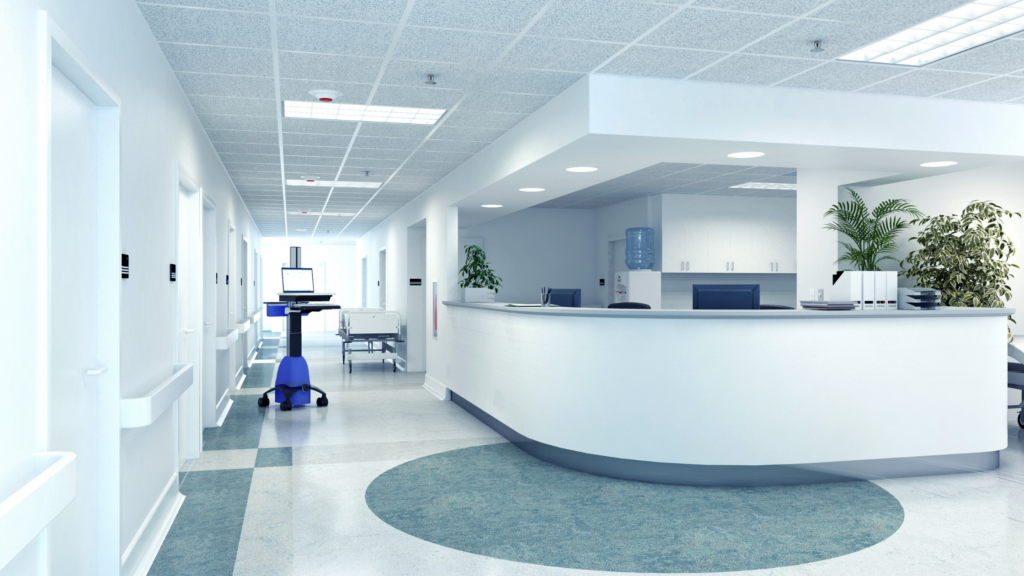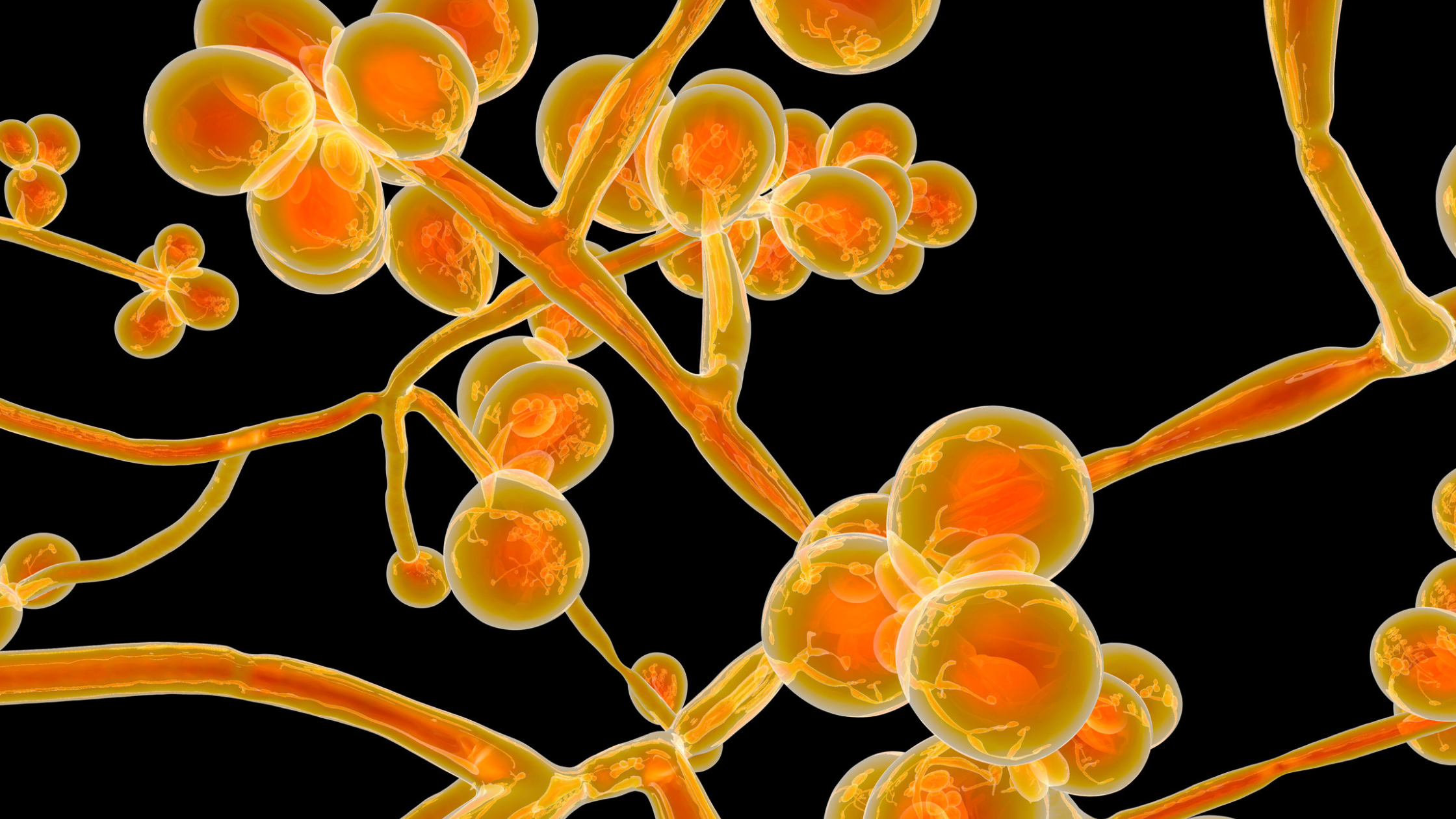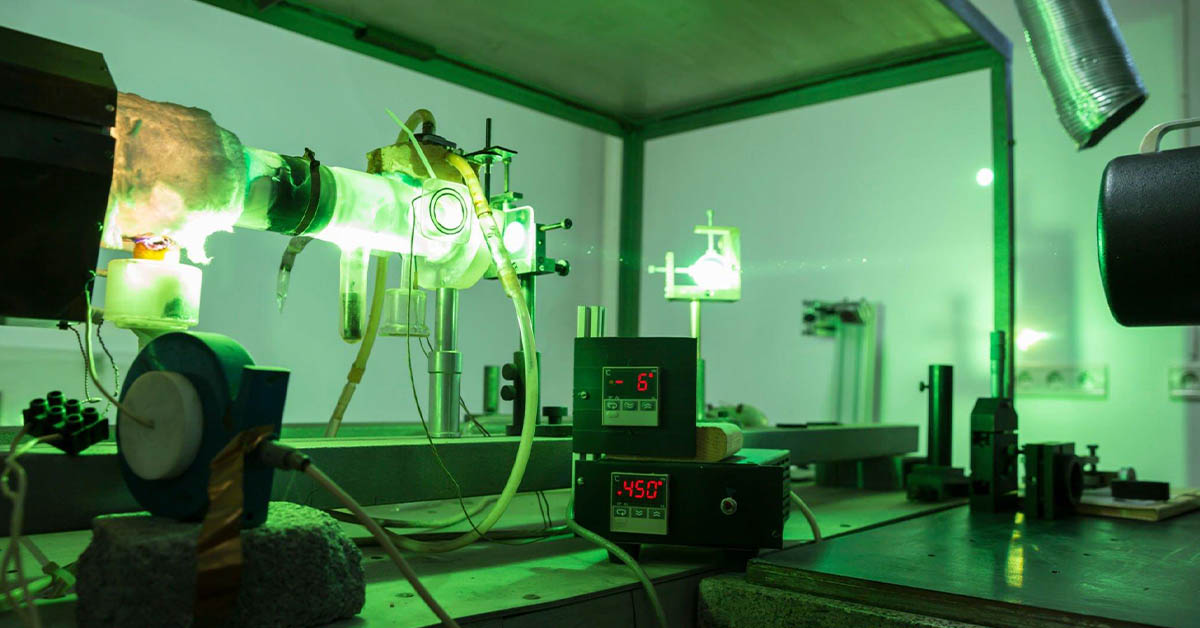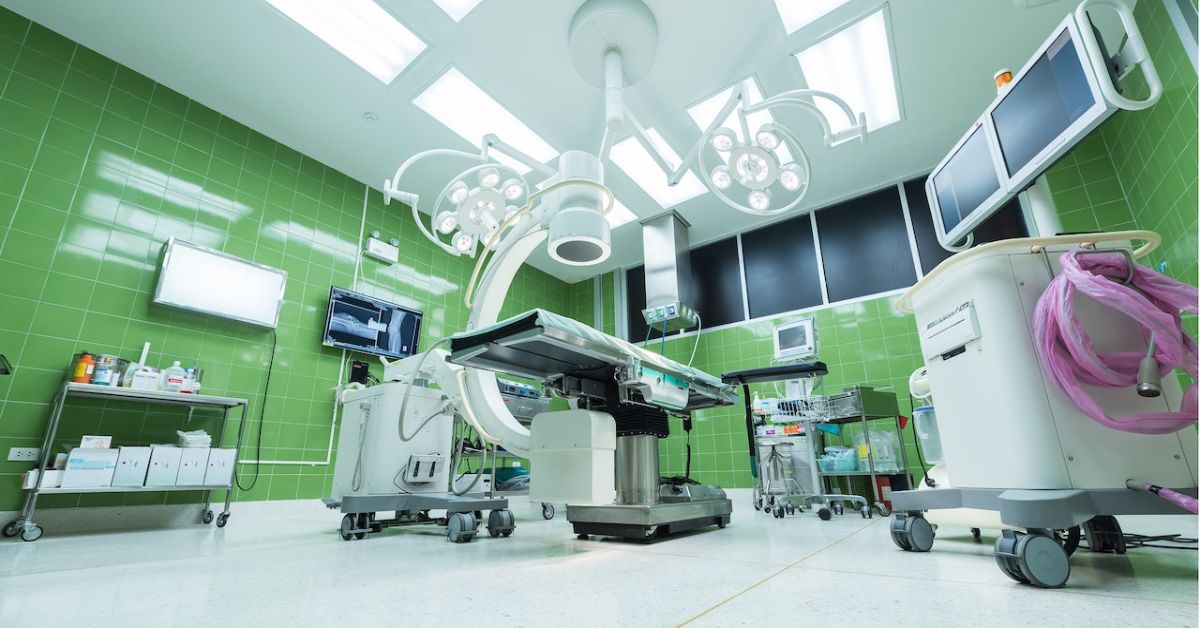If you had to list the most urgent risks associated with environmental cleanliness in your facility, some standard answers may come to mind: poor hand hygiene, challenging surfaces in a patient’s room, and dirty door knobs. However, facilities face a far more insidious risk that rolls by dozens of patients each day: computer workstations.
Workstations are not only susceptible to a high microbial load; unlike other risks like hand hygiene, facilities often lack a clear and systematic process for cleaning them.
How do these pieces of shared equipment collect microorganisms over the course of a typical day? What obstacles prevent facilities from adopting more rigorous standards, and how can the adoption of automation and UV technology help?
A Snowball Effect
Using mobile computer workstations is like driving in the wintertime. As the snowy season progresses, more and more dirt and grime collects on your vehicle. And if you wait until the end of the season to wash it, achieving a thorough cleaning becomes even more challenging. Similarly, as computer workstations pass through various hands and environments throughout the day, they develop a build-up of microorganisms. Failure to address these high-touch surfaces on a regular basis nullifies even the most rigorous hand-hygiene protocols and creates a snowball effect throughout the facility.
To illustrate: When a nurse treats a patient and then proceeds to operate the computer workstation, that patient’s microorganisms are transferred to the equipment. Then, as the nurse completes his or her rounds, the workstation’s microbial load is shared with other patients (and vice versa). And since patients with infectious diseases may be undiagnosed at the time of treatment, healthcare personnel could be unwittingly contaminating the workstation’s surfaces throughout the day.
Nowhere is this risk higher than in the emergency department, where computer workstations are in close proximity to upwards of 40 patients a day. By the time a nurse finishes a shift and passes the workstation along to another nurse, the microorganisms from those 40 patients may be dwelling on its surfaces. And after a second shift with the contaminated workstation, the microbial load may well have doubled–and the snowball continues.
“The surfaces of equipment are one of the most grossly under-appreciated sources of contamination in the hospital environment,” notes Jeremy Starkweather, President and Chief Innovation Officer at UVconcepts.
Roadblocks to Consistent Disinfection
The solution seems simple: implement more rigorous disinfection standards for high-touch equipment like computer workstations. But why is it never this simple in practice?
In most facilities, a combination of poor oversight, lack of reporting, and human variability complicates the cleaning process. Mobile workstations contain complex surfaces that are difficult to clean properly, and protocols between departments are often inconsistent and poorly communicated. Time-consuming and inefficient manual processes also affect the frequency and accuracy with which staff are able to perform deep cleaning and disinfection. If you’ve encountered these same obstacles at your facility, you know first-hand that without a system of accountability or the ability to control for variables, achieving consistent results is nearly impossible.
The Role of UV Light and Automation
UV technology systems can remove these barriers by providing a controlled, supplemental disinfection environment for shared equipment while also documenting activity in real time. Combine this automated process with the manual cleaning and disinfection, and you now have true process and quality improvement. The UVconcepts Technology Suite, for instance, is comprised of four elements that promote accountability and consistency in a facility:
- The UVenclosure is a controlled environment that achieves >99.99% inactivation of microorganisms in 60 seconds. This thorough and time-efficient process removes the human factor, and it can facilitate more frequent cleaning and disinfecting of shared equipment like computer workstations. In fact, some facilities are able to care for equipment once a day with this adjunct solution.
- The UVdatacloud is a cloud-based platform that elevates oversight and accountability across departments by tracking and analyzing usage data from your entire environment.
- The UVetag is a digital indicator tag for each piece of equipment that is updated after each UVenclosure cycle, which enhances the documentation process.
- Each user of the UVenclosure is assigned a digital UVbadge to further facilitate tracking and reporting efforts.
Computer workstations are perhaps one of the most dangerous and most overlooked environmental surfaces in a facility. But with structured protocols and UV technology in place, the regulation of shared equipment can rise to the level of hand-hygiene and room-disinfection procedures.




